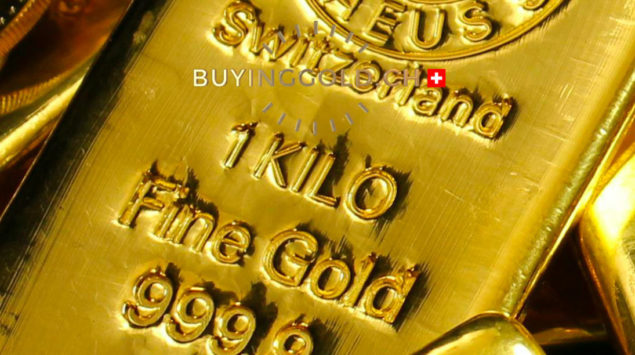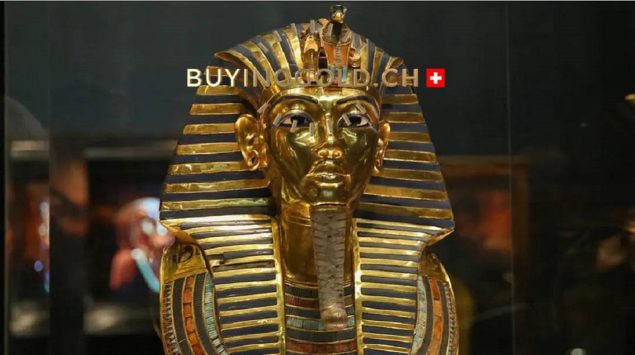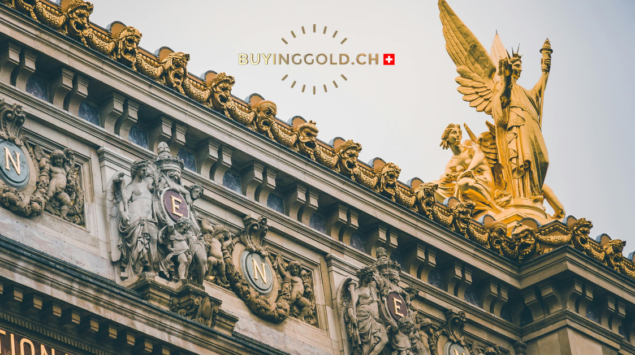
Understanding why gold has a certain value is essential in order to be able to determine the amount at which it can be bought and sold.
Any value we assign to something depends as much on objective as on psychological and cultural aspects.
Gold is no exception, quite the contrary. The precious metal is undoubtedly the very example of the way in which we attribute value and preciousness to something.
Everything that is rare is expensive… really?
This is certainly one of the most widespread and yet most erroneous assertions. Price does not always correlate with rarity. The price of an object depends above all on the willingness of a buyer to acquire the property.
Thus, a stone may be unique, but if it does not interest anyone, it will have no value. On the other hand, if one is interested in it, its value may increase. This is the rule of supply and demand.
What about gold?
There is always a demand for gold. The vast majority of the demand for gold comes from the jewelry industry. Gold is durable, gold does not oxidize, gold is easy to work with, gold bonds perfectly with other metals, and gold has long been the most common material used in jewelry making. According to the World Gold Council, about 47% of the world’s gold is dedicated to it. Approximately 14% of gold is used for industrial and medical purposes, and the remaining 39% is currently in the possession of banks or private individuals in the form of bars and coins.
However, if gold is precious, it is mainly due to its supply rather than its scarcity. Indeed, in order to extract gold, the necessary investments are often heavy and important, even though it is present almost everywhere on earth.













